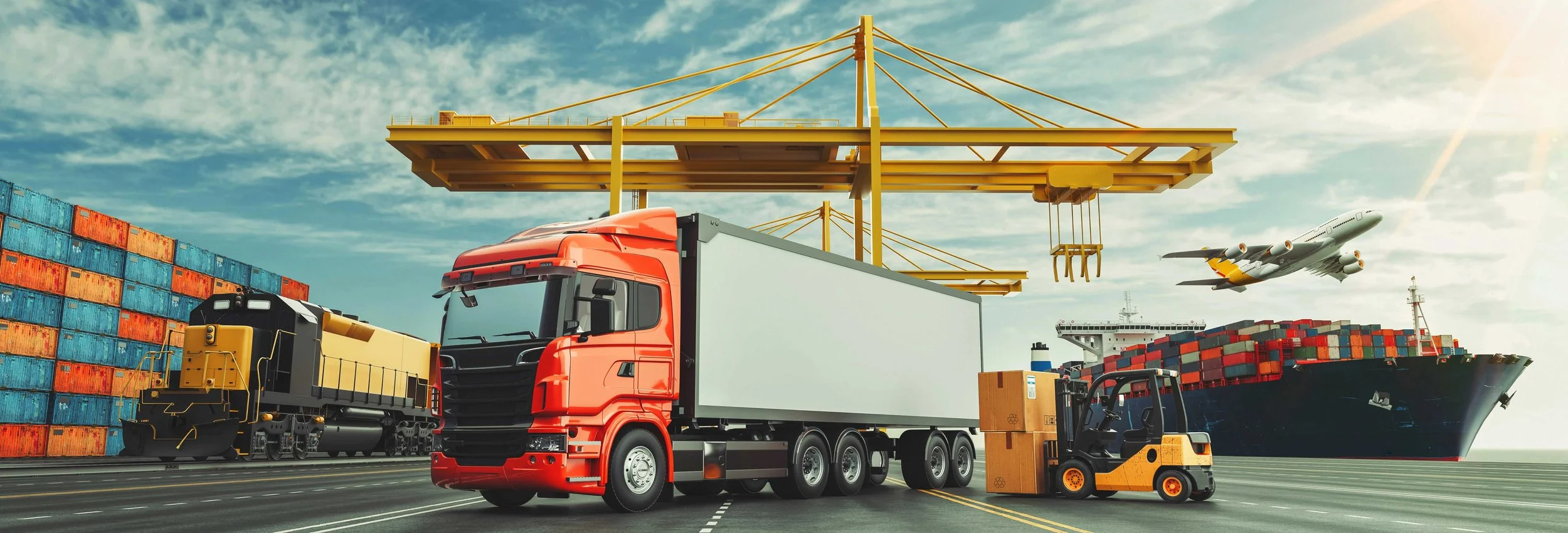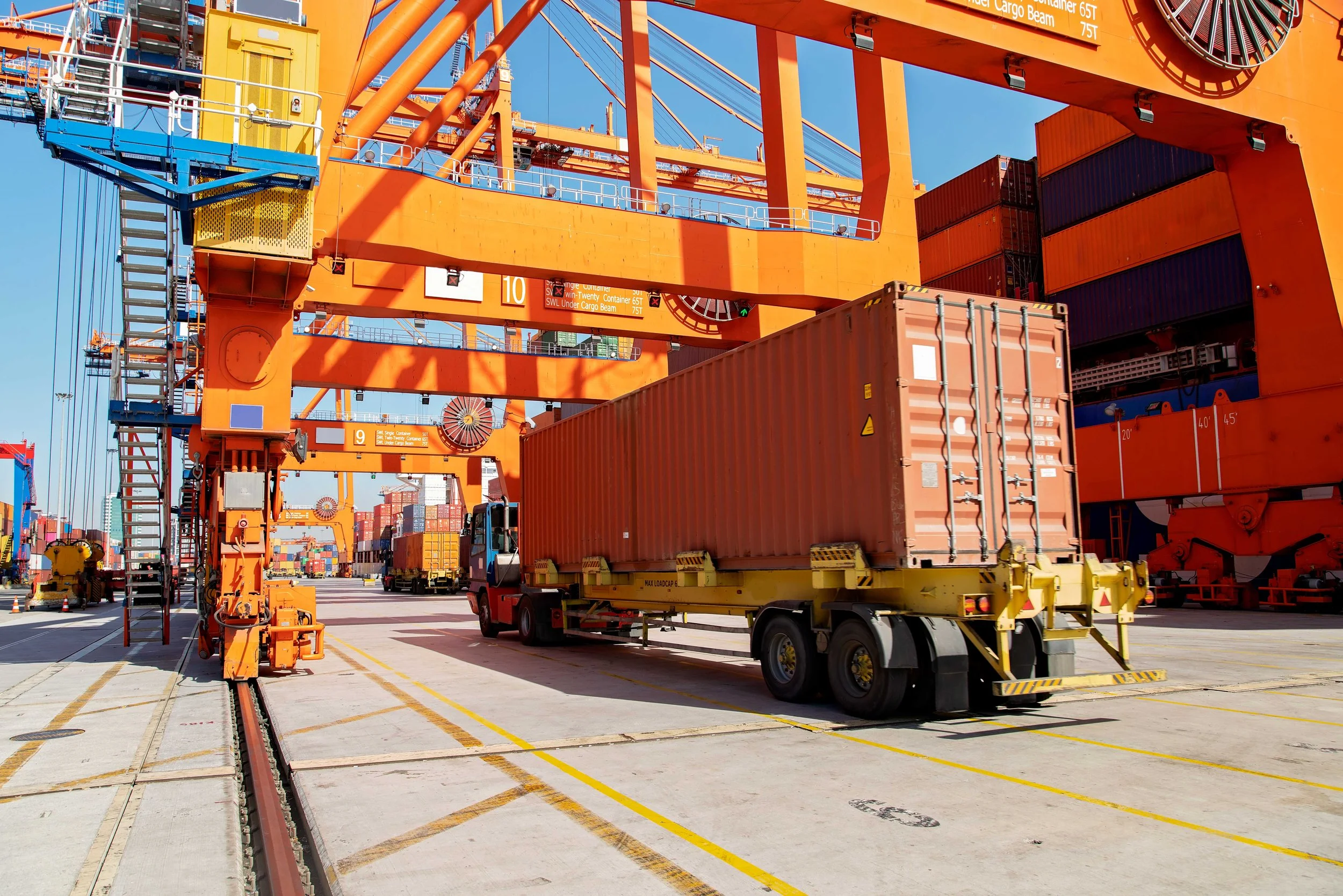Understanding Inland Marine Insurance Basics
Inland marine insurance is a crucial yet often misunderstood type of coverage. It protects property in transit and other movable assets. This insurance is vital for businesses with high-value mobile equipment.
Originally derived from ocean marine insurance, it now covers land-based risks. Inland marine insurance is not about water transport, despite its name.
Businesses like contractors and photographers rely on it for protection. It covers goods in transit, equipment, and even fine art. Inland marine insurance can be customized to fit specific business needs.
Understanding its basics can help you safeguard your assets. This guide will explore its purpose, coverage, and benefits.
By the end, you'll know why inland marine insurance is essential. You'll also learn how it differs from other insurance types.
What Is Inland Marine Insurance?
Inland marine insurance covers movable property, particularly during transit. It offers protection for goods transported over land, not by sea. This type of insurance is diverse and adaptable, catering to different business needs.
Originating from marine insurance, it has evolved to cover various risks. Inland marine insurance is distinct from other property insurance. It specifically targets assets at risk while moving, ensuring they are protected.
Common coverages under inland marine policies include:
Tools and equipment used by contractors
Property in transit between locations
Fine art and valuable collectibles
Computers and electronic devices
It is crucial for businesses that frequently move goods or have valuable mobile assets. Inland marine insurance provides coverage for situations where standard property insurance falls short. Understanding its scope ensures you select the right policy for your needs.
The History and Meaning of Inland Marine Insurance
Inland marine insurance has its roots in the maritime industry. Originally, it was a branch of ocean marine insurance. As commerce expanded onto land, this type of insurance adapted to new needs.
The meaning of "inland marine" might sound puzzling. Despite the name, it doesn't involve water-based transport. Instead, it covers property that moves on land, safeguarding valuable assets in transit.
Over time, the coverage range of inland marine insurance broadened. It now protects against diverse risks, not just in transportation. This insurance is crucial for businesses with high-value items at risk during transport.
What Does Inland Marine Insurance Cover?
Inland marine insurance provides flexible coverage for movable property. It safeguards items that are not confined to a fixed location. This includes protection for goods in transit, both domestically and internationally.
The coverage is adaptable, meeting the specific needs of different industries. This makes it a vital component of a comprehensive insurance strategy. Whether it’s fine art or construction equipment, inland marine insurance offers a solution.
Here's a list of what inland marine insurance typically covers:
Property in transit
Mobile equipment and tools
Communication towers
Exhibitions and trade show setups
Each policy is customizable, ensuring that coverage suits particular risks. Inland marine insurance plays a crucial role in minimizing potential financial setbacks.
By understanding what inland marine insurance covers, businesses can better manage their assets. Protecting against theft, damage, and loss is essential for those with high-risk exposures. This type of insurance ensures continuous operations and peace of mind.
Who Needs Inland Marine Insurance?
Inland marine insurance is vital for businesses moving valuables often. Companies that transport goods or utilize mobile equipment benefit greatly. The coverage supports varied industries facing unique risks.
Businesses with frequent asset relocations find inland marine policies indispensable. This extends to those using leased or rented machinery, ensuring ongoing protection. Inland marine insurance suits companies large and small.
Here's a closer look at who might need this insurance:
Contractors and builders
Photographers using high-value gear
Transportation and logistics firms
From independent professionals to major corporations, inland marine insurance offers crucial safeguarding. With customizable coverage options, it can accommodate diverse business needs. Whether transporting goods or showcasing items, this insurance provides peace of mind.
Types of Inland Marine Insurance Policies
Inland marine insurance comes in various forms to suit different needs. Businesses can choose specific policies based on their unique requirements. These policies offer broad protection across many scenarios.
Understanding the different types helps tailor coverage effectively. Each policy type serves particular purposes, ensuring comprehensive risk management. Businesses should evaluate their operations to select the best fit.
Here are some common types of inland marine policies:
Bailee's Customer Coverage: Protects goods in the custody of others.
Builder's Risk: Covers buildings under construction.
Motor Truck Cargo: Insures transported goods.
Such varied policies are essential for businesses with specialized operations. Choosing the right type offers security against potential losses. With bespoke coverage options, businesses stay protected as they evolve.
Key Benefits and Advantages
Inland marine insurance offers flexible and wide-ranging coverage. It is designed to protect mobile properties and specialized assets. This adaptability makes it a crucial tool for modern businesses.
The benefits extend beyond basic protection, providing peace of mind. Businesses can focus on operations without worrying about asset safety. Inland marine insurance is particularly advantageous for businesses with unique asset management needs.
Some key advantages include:
Versatile Coverage Options: Tailored to suit business-specific risks.
Protection for High-Value Assets: Ensures security for expensive equipment.
Enhanced Flexibility: Adapts easily to changing business needs.
These benefits make inland marine insurance a strategic investment. It safeguards against unforeseen setbacks, ensuring business continuity.
Inland Marine Insurance vs. Other Insurance Types
Inland marine insurance differs from standard property insurance by covering movable assets. While regular property insurance covers static locations, inland marine protects items in transit.
Key distinctions include:
Coverage Scope: Inland marine covers diverse, movable items.
Flexibility: Adapts to unique business needs and circumstances.
Transit Protection: Ensures security during transportation, unlike typical property insurance.
Understanding these differences helps in selecting the appropriate insurance for your business needs.
Common Inland Marine Insurance Examples
Inland marine insurance covers a wide range of movable assets. Common examples include equipment, tools, and goods in transit.
Some typical items covered are:
Construction tools and machinery
Fine art and antiques
Musical instruments
Exhibition and trade show items
These examples highlight the flexibility and importance of inland marine insurance for businesses with mobile assets.
How to Choose the Right Inland Marine Policy
Selecting the right inland marine policy requires understanding your business needs. Evaluate the types and value of movable property involved in your operations.
Key steps include:
Assessing the risks associated with your industry.
Consulting experienced insurance professionals.
Comparing options from different inland marine insurance companies.
These steps help ensure the best coverage for your unique business requirements.
Frequently Asked Questions About Inland Marine Insurance
Many business owners have questions about inland marine insurance. Here, we address some common queries to provide clarity.
-
It covers movable property, including goods in transit and equipment.
-
It's ideal for businesses with mobile assets, offering peace of mind.
-
It covers risks beyond fixed locations, catering specifically to movable items.
Understanding these basics can help in deciding if inland marine insurance fits your business needs.





